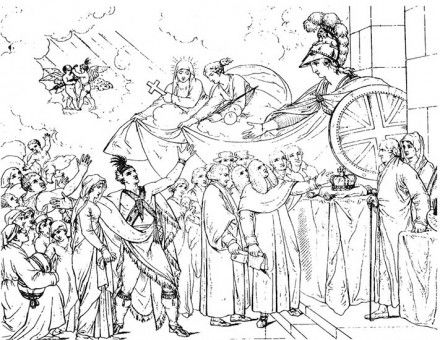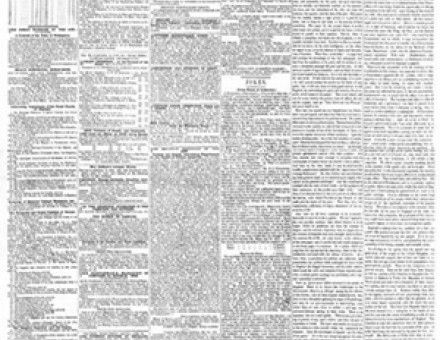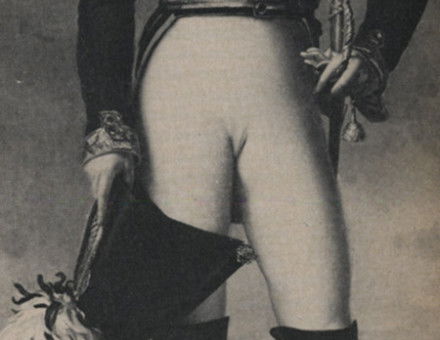Cobden and Bright
Asa Briggs reflects on two Victorian radicalists who employed controversial new means to secure power, drawing both fervent disciples and bitter enemies, before their eventual defeat as part of a reaction against the ideas and methods of the 1840’s.





